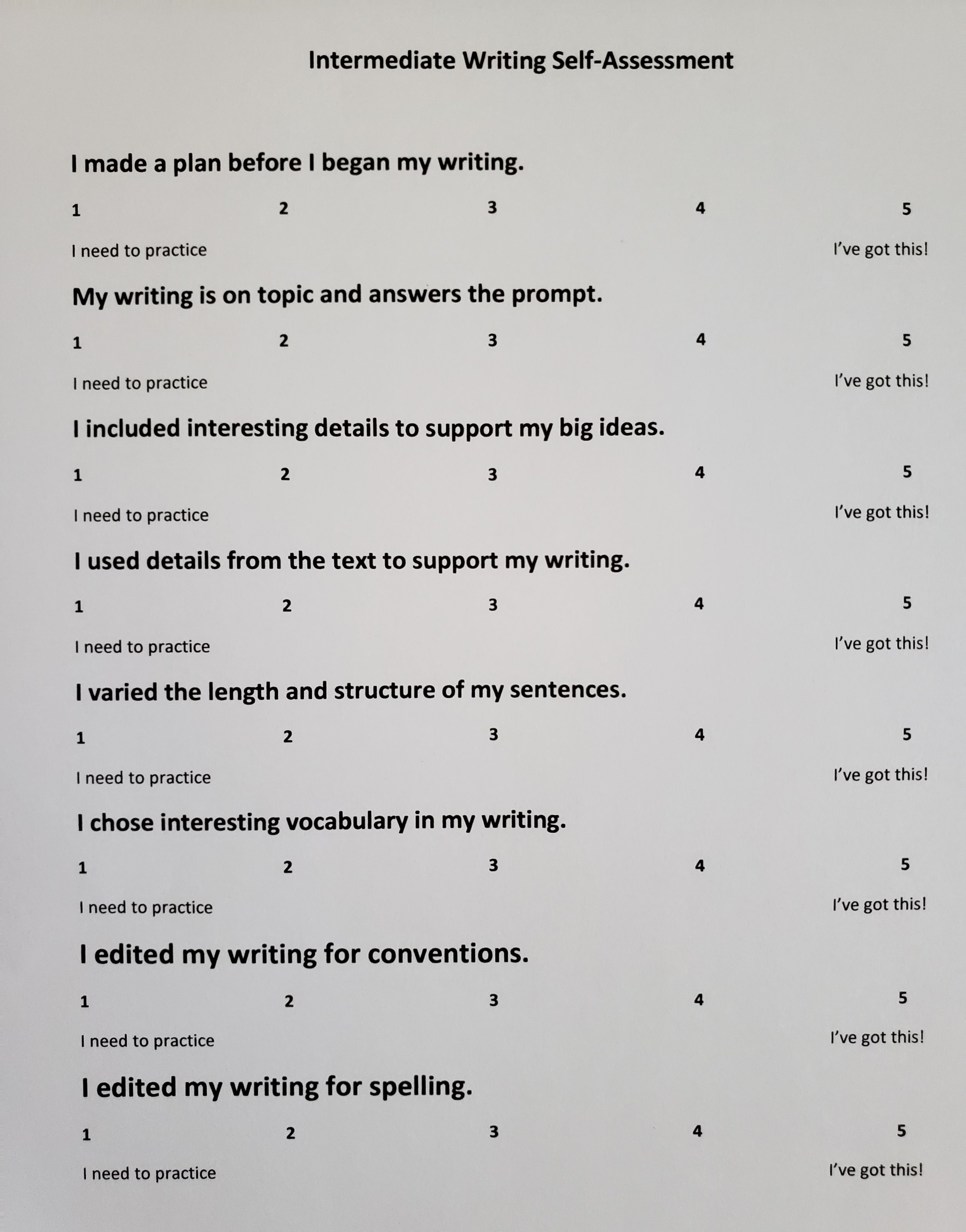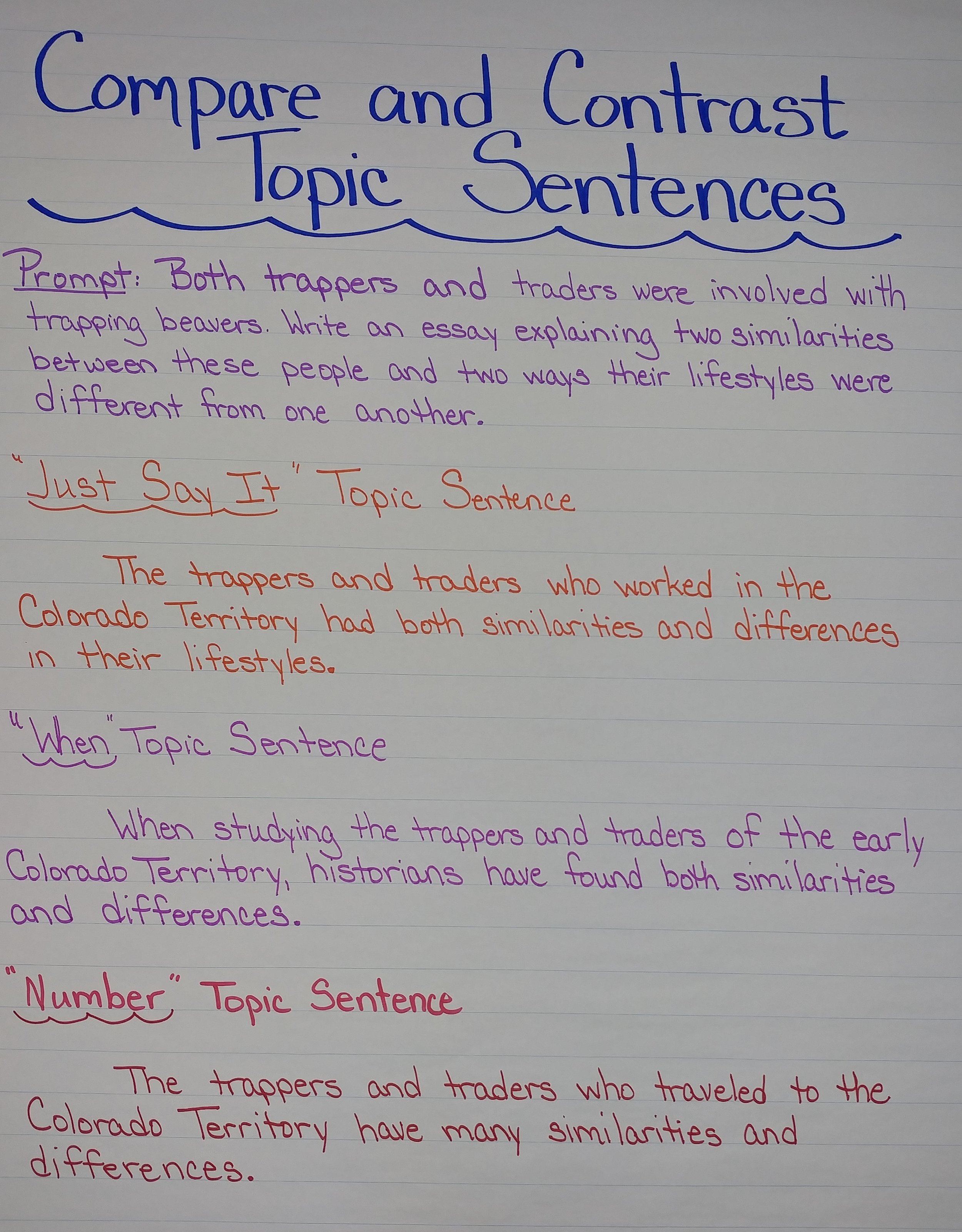It’s the beginning of August and the start of school is right around the corner. While still enjoying these last days of summer, many teachers are beginning to plan for the upcoming year. As you begin to contemplate your writing instruction, consider these variables.
We all need a friend.
In order for students to be able to work cooperatively and compassionately together, they must feel invested in other people. Building relationships between teachers and students, and students to students, takes time and effort. One of the best sources we have found is The Morning Meeting Book by Davis and Kriete. https://www.responsiveclassroom.org/product/morning-meeting-book/ The book provides hands-on ideas for building positive classroom relationships. A fifteen minute morning meeting provides students time to share ideas, complete a cooperative activity and prepare themselves emotionally to have a positive day. Plan ideas/activities for the first few weeks of school prior to the start of the year. What do you want this time to look like? What must be included in your classroom meetings? Building a classroom community will benefit your writing instruction as you ask students to share their writing while giving and receiving constructive feedback. The time spent in Morning Meeting will help alleviate student anxiety as they already feel they are a part of the group.
Review of skills and expectations is essential
Each year students need to learn the expectations of a new teacher and grade level. Think through your expectations for writing. What behaviors do you expect to see from students during writing? What will feedback look like in your classroom? What essential skills must students master? What non-negotiables will you put in place in your writing classroom?
Make a schedule
Stephen Covey has said, “The key is not to prioritize what's on your schedule, but to schedule your priorities.” A set time for writing instruction is key to students’ success. We recommend primary teachers schedule 20 – 30 minutes a day, 4 times a week for writing instruction. Intermediate teachers should schedule 30 – 40 minutes a day, 4 times a week, for writing instruction. In order for students to become successful writers, they must consistently practice what has been taught.
Create an organizational system for students to keep their work
One of the biggest challenges we all face is creating an organizational system where our students can keep their writing.
Primary Students:
Primary students will benefit from an organization system for their writing. Primary teachers often use one of the two following organizational methods.
Composition Notebooks:
Composition notebooks work well as writing notebooks for primary students. Primary students will benefit from using the composition books which have the space at the top for an illustration. When using composition notebooks, students will need to be taught to use the pages in order, not skipping around from page to page. When students begin to use their notebooks for planning, be sure to have students write their plan on the left page of the notebook, so they can view their plans while writing their draft on the right page of the notebook. Putting a dot on the left-hand page will help organize students. Students will need a new composition notebook each semester.
Pocket Folders:
These work well for young writers, especially when they are using primary paper. One way to organize is to use two different colored folders depending on their purpose. Red Folder: This folder is for brainstorming, plans, sentence stretching, and any other new learning. Blue Folder: This folder is where students keep drafts that are in progress. For example, if students are working on topic sentences to go with a plan, these would be kept in the blue folder. In this way, students easily keep track of what they are currently completing in writing. In primary grades, we recommend cleaning out these folders once a quarter.
Intermediate Students:
You may choose for intermediate students to use either a spiral notebook or a 1 ½” 3-ring notebook. Students will divide the notebook into sections: ideas, planning, rough drafts, and anchor charts. Students will have an easy system for storing, and then finding, their writing while it is in process. It is imperative students learn to store their writing in the appropriate place. Some teachers find spiral notebooks, divided into the same four sections, a successful choice for their students.
As you begin planning your writing instruction, remember writing is a process
Students must be sequentially taught each writing skill and then be given the time to practice that skill. Students need to master writing complete sentences before they can successfully and independently write a paragraph.
In the same way, teachers should only be assessing what has been taught. For example, you may be teaching planning to your students. Provide students multiple opportunities to plan for writing. After they have completed the practice, students will then choose which plan they would like their teacher to assess. This helps students gain skill and confidence, while streamlining the amount of grading which needs to be completed. Having students write a complete essay before they have learned or reviewed each component of a paragraph will lead to frustration for both you and your students.
Enjoy teaching writing
If you enjoy writing with your students, your students will enjoy writing. Creating a supportive environment where students feel safe sharing their writing provides a platform for students to learn from one another. Provide students time to practice writing skills and to master the basics. This helps build confident writers, making writing enjoyable for both you and your students.
Please reach out if we can support you in your writing instruction in any way. We love to talk writing!!





















